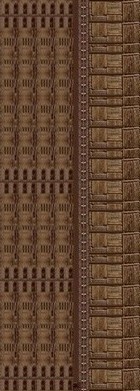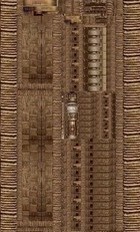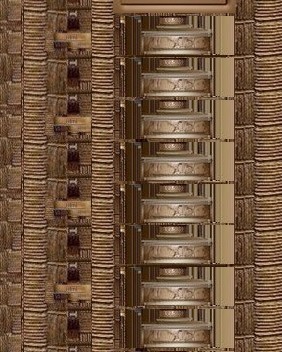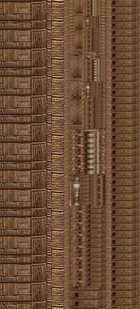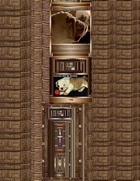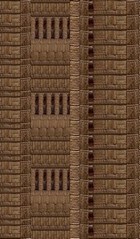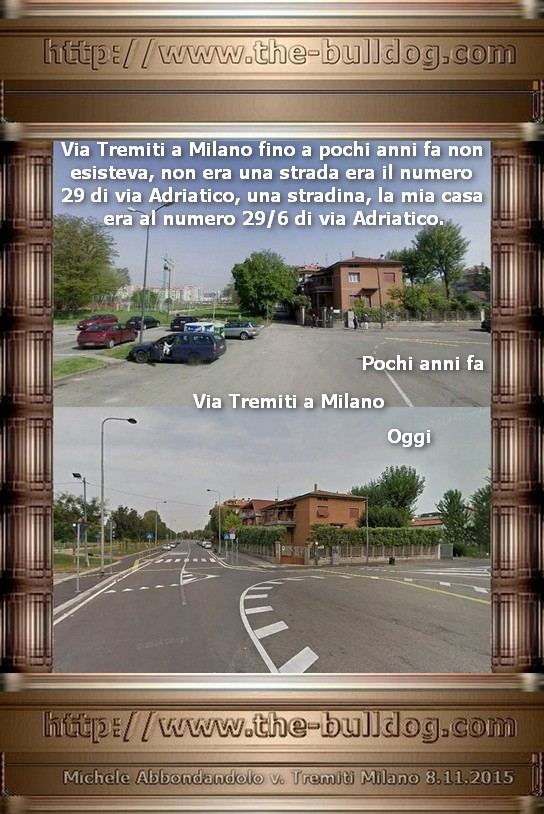


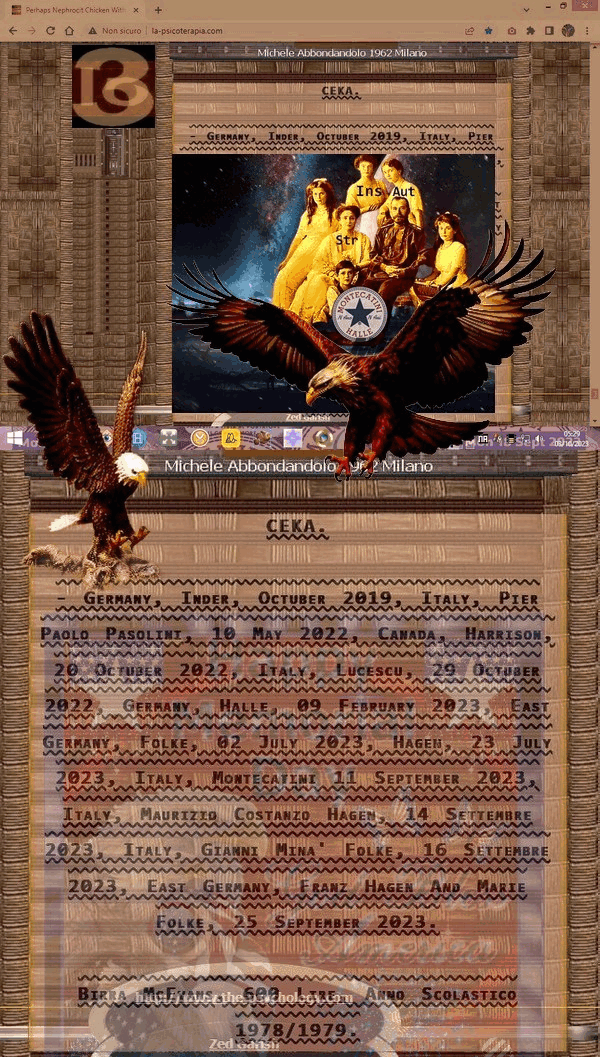


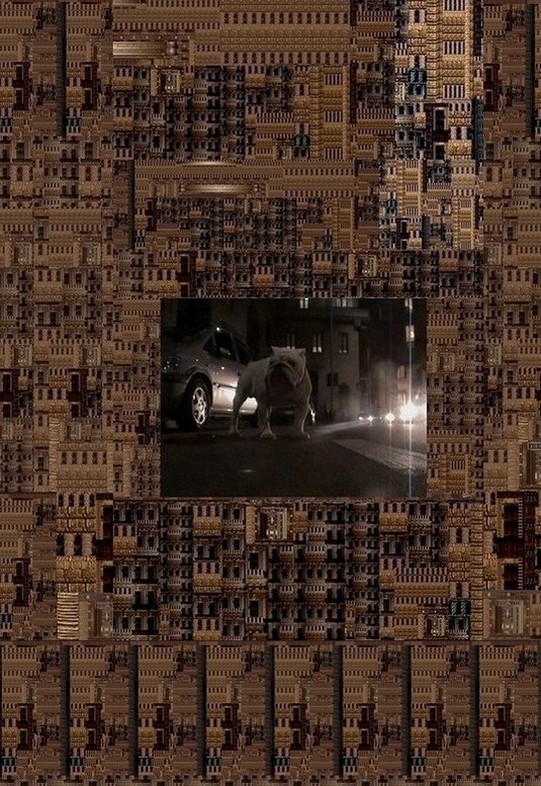
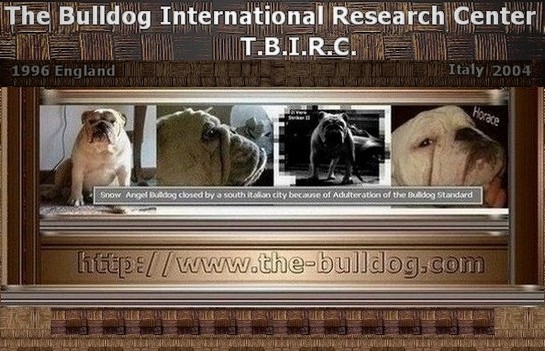

 DOG BREED CHINESE
DOG BREED CHINESE



China & Japan, their people & their customs, have
lured the foreigner in his thousands to the making of
many books. No writer, however, has thought fit to
devote much study to their canine race, though in the Far
East, just as in Europe, the dog has been for ages man's chief
help & protector :
The rich man's guardian & the poor man's friend,
The only creature faithful to the end.*
Those who have, in passing, deigned to notice the existence
of dogs in the Far East have paused only for brief comment,
usually by way of grasping another stick to beat the Celestial
for gastronomic eccentricity or superstitious delusions, &
have given to the Eastern canine races scarcely the proverbial
' dog's chance " of being considered better than universally
mongrel.
It is not claimed for the following pages, whose original
design included only the smaller races of Eastern dogs, that
they enumerate all the existing breeds, or that they deal con-
clusively with any one of them. China alone is a vast country
in which geographical difficulties render comprehensive study
difficult. It is hoped, nevertheless, that there has been laid a
foundation upon which further investigation may be firmly
based, & that the researches made may assist in the identi-
fication of new species as well as the preservation of certain
breeds which, like the St. Bernard in Europe, now run the
risk of following the Irish wolfhound & the hard-worked
turnspit dog of our great-grandfathers, to extinction.
The assistance received from Chinese & Japanese litera-
ture has been but slight, for though from the earliest days
Eastern Emperors & their subjects have recognized the
qualities of the dog-
in life the firmest friend,
The first to welcome, foremost to defend,
Whose honest heart is still his master's own,
Who labours, fights, lives, breathes for him alone,
no Eastern writer has thought fit to devote a volume to study
of the species. Almost every Chinese & every Japanese is
fond of pets individually, bird, insect, or canine; but
for dogs generally the same individual is apt to manifest
contempt.
Absence of European specialization & training of the
breeds has deprived the Chinese & Japanese of enjoyment of
those particular canine qualities which have for centuries given
much of the zest of life to the sportsman in Europe &, more-
over, provide no small interest to the soldier, fowler, trainer,
shepherd, & breeder.
From certain State papers it has been possible to show that
from very early periods the dog has been used extensively by
European & Eastern monarchs as State presents. The
emperors and kings of the past prided themselves on their
success in adapting dogs to the varied uses of the chase, and
this success, which fell in no small measure to British trainers,
was utilized on many occasions for the promoting of friendly
intercourse with foreign countries.
The culture of Japan, including much of its religion &
art, has its origin in China. The scantiness of literature
dealing with Japanese dogs is, consequently, compensated to
some extent by the comparative wealth of Chinese sources of
information. The two chapters dealing with the Buddhist
lion and its symbolism represent a considerable amount
of research in both Eastern and European writings. It is
hoped that the information gained will prove of value to
searchers working far beyond the limited scope comprised
within the title of this work.
The author acknowledges a deep sense of obligation to
certain Chinese friends for their enthusiastic help in a task
which, from an interesting hobby, has developed into the
product of much study. Little of the Chinese literary
material obtained would have come to light but for the en-
thusiasm of Mr. Wu Ch'i-ts'un, who, having become inter-
ested in the subject, attacked it with painstaking & scholarly
ardour. He has carefully examined all records accessible in
Peking. His researches were at first confined to the breed of
dogs commonly known in Europe as " Pekingese," but in-
formation bearing on other breeds has been obtained, & is
recorded for those who may be interested. In the second
place a debt must be gratefully acknowledged to Wang Hou-
chun, who, though but a humble admirer of the Imperial
breed, has, through his seventy-five years' experience as
keeper of dogs & hawks, spent for the most part in the
palace of Prince Wu Yeh, brother of the Emperor Tao Kuang,
proved a mine of information on matters canine. Special
thanks are also due to Abbot Pai Kuong-fa of the Lama
Temple in Peking, who has been kind enough to point out
the exact connexions between Tibetan and Chinese lion
dogs, the Chinese lion, & the Tibetan Scriptures. From
these last certain references which are of considerable interest
have been collected. Additional thanks are due to General
Ch'ien Hsi-lin, previous Chief of Intelligence in charge of the
Police dogs of President Yuan Shih-k'ai, & Mr. Kungpah T.
King, formerly of the Board of Interior, also to numerous
others, both Chinese & foreign, in Peking, who have supplied
information & corroboration on many points.
The author gratefully acknowledges his indebtedness to
Berthold Laufer, for the use of his authoritative and in-
valuable work on " Chinese Pottery of the Han Dynasty,"
published by the East Asiatic Committee of the American
Museum of Natural History. This work has been much used
and quoted. " Toy Dogs & their Ancestors," by the Hon.
Mrs. Neville Lytton, has also been freely consulted. Acknow-
ledgments are also due to the numerous authors of the works
cited in the notes.
It is possible that the records of the Chinese Imperial
Palace will, if they become available, throw further light upon
the origin & history of the Pekingese type of dog. They
may also explain how much of its quality the British spaniel
breed owes to Chinese ancestors. That the English pug is
descended from the Chinese dog may be considered as settled.
It appears not unlikely that the King Charles spaniel is
descended from a short-headed Chinese race. More light is
required on the history of the Tibetan & Japanese races,
but the outline of their development is now clear.
It is hoped that the information gained may prove, by
indicating something of the age of the Pekingese race &
the reasons for its special characteristics, to be of some
assistance to the experiments which have, for some years, been
carried out at University College, London, with Pekingese
dogs, in connexion with Mendelism. There appears to be no
doubt that a distinct breed of white non-albino Pekingese,
though now extinct, has existed in the Imperial Palace.
The Chinese, Tibetan, Japanese, or Mongol scholar may
find small points for debate in some of the translations. It
has not been possible to secure the checking of them all
by high authorities, but the sense certainly represents a
close approximation to the original meaning. Special care
has been taken to secure good authority for all quotations &
statements. The Tibetan translations have presented special
difficulties. The language of Tibetan gospels written in
ancient Lama script is not simple of comprehension, even to
the Lama. The lack of scholars possessing a knowledge of
Tibetan has necessitated transliteration by Lamas who,
having no knowledge of Chinese characters, wrote in Mongol
script. The Mongolian character had then to be translated
into Chinese before ultimate reduction to English.
It is hoped that even to those who take no interest in dogs,
the following pages may be attractive because of the side-
lights thrown on Chinese history, together with Eastern
palace life, & the inter-State relations of the long line of
Emperors who have dominated the world's oldest ruling race.
Modern research tends to prove that more of the East than was
generally imagined is akin to the West. On the other hand,
not a little of Western canine life owes its origin & dis-
tinctive peculiarities to the East.
Dog is believed, on evidence furnished by cave
deposits, to have been introduced into Europe by
neolithic peoples, & to have been about the size
of an ordinary shepherd's dog.
Geological research being in its infancy in China, it is too
much to hope that similar information as to introduction
of the dog into China will become available for some time.
It is known, from literary sources, that the Chinese has been an
agricultural race from its earliest days. It has always con-
sidered agriculture to be the root of its existence. It must,
however, have been to some extent pastoral, though the valley
of the Yellow River, in which the Chinese first settled, was
probably well wooded at the time of arrival. Dogs were, no
doubt, used for the defence of the home, for the herding of
sheep & cattle, & for the chase.
In Japan geological research has been assisted by scientific
examination of numerous dolmen & lake deposits similar to
those found in England. The well-known writer, Brinkley,
states that the early Japanese were derived from two swarms of
colonists, both coming from Siberia, their arrival being
separated by a long interval, the first cave-dwellers & the
second the Ainu, who used stone implements & practised
cannibalism. Among the amusements confined to men,
cock-fighting & hunting were most practised. Large tracts
of the country were still unreclaimed, deer & wild-boar
abounded. These were driven by beaters into open spaces,
there to be pursued by men on horseback with bows &
arrows. In the fourth century the pastime of hawking was
introduced. It came from Korea, a king of that country
having sent a present of falcons to the Emperor of Japan.
One theory as to the evolution of domestic dogs is that they
were tamed at approximately the same period by several
branches of the human race from the local wolf or jackal,
& that to this must be traced the fact that in certain areas
the native dog resembles the local wolf. Modern geological
research, however, indicates that certain races of early man
had no domestic dogs. According to Professor Geikie the
dog was not part of the indigenous fauna of Europe in
Palaeolithic times, & was introduced in Neolithic times by
tribes who migrated, probably from Central Asia, into the
European continent. Similarly the domestic cat arrived in
England only at a period which was very late, in Saxon times.
In early Neolithic or late Palaeolithic times certain tribes
which were in contact with the jackal-like C. mikii of the
period, in an environment which favoured co-operation in the
chase, captured the young of that animal, & because of the
human ability to throw stones, to tie knots, & to use sticks,
established such an ascendancy as to take full advantage of
canine possibilities as watchers, as destructors of refuse, as
food in time of need, & as assistants in the scenting out &
pursuit of game. The tribes which first domesticated the
dog were probably the first to domesticate the sheep & the
ox. Geologists place the first known human remains as
dating from at least 400,000 years B.C. Consequently,
there was plenty of time for the race which first made
progress in the domestication of the dog to take advantage of
its discovery, which in those days was of a relative value far
more important than all the discoveries of modern science,
& possibly constituted a determining factor in early success-
ful migrations, perhaps even in the migration of the Neo-
lithics into Europe. C. palustris of the lake dwellings of the
Neolithic period seems, according to Elliott, to be a slightly
modified form of C. mikii. These partially domestic dogs
of the neolithics would, no doubt, occasionally cross with the
local wild dogs & wolves. " Prince Poutiatini discovered
near Lake Bologoia in Russia a deposit of early Post-Glacial
age which included a very dog-like wolf, which has been
called after him C. poutiatini. The interesting point about it
is the great elevation & width of the skull as compared with
modern or extinct wolves. It is closely allied to the dingo
of Australia & to the half-wild dog of Java (C. tenger-
ranus). Others suppose that an Indian wild-dog was the
chief dog ancestor. Dogs of an Abyssinian species, of Egypt
& of Majorca, are very like it. A curious point with regard
to the further history of C. poutiatini under domestication is
that his brain seems to have increased in size, undergoing
much the same experience as that of man himself."
The position as regards domestication of the dog in China
is well summed up by Bertold Laufer : " We do not
possess any historical records of any literature regarding the
early domestication of animals, & therefore we should not
expect to find such in China. The ' six domesticated
animals ' of the Chinese horse, ox, pig, sheep, dog, & fowl
existed in & with the nation when it appeared on the stage
of history. They were there, & later historians could not
explain their origin. They took them as one of the facts
which cannot be accounted for, & as altogether too plain &
natural to require discussion. In short, what has become a
problem to our modern science was not a problem at all to
them. Huang Ti is credited with the taming of bears,
leopards, panthers, lynxes, & tigers, which he employed
in battle against his adversaries ; but the simple question of
training dogs remained untouched even by legend. The
dog has doubtless been a constituent of Chinese culture
since most ancient times, which is all that we are able to
state with safety. The question as to who were the
domesticators of the dog in Eastern Asia must naturally
remain unanswered, at least from the standpoint of history."
Laufer describes & figures J a bronze " tazza " of the
Chou dynasty, upon which are engraved animals to the
number of one hundred, including dogs. This is believed
to be the oldest representation extant of dogs in China.
Unfortunately the " tazza " is small in dimensions, & the
drawings, though of artistic value, are imaginative & prob-
ably defective as accurate representations of the dogs of the
period. The dogs figured appear to be of two or, perhaps,
three kinds : one, diminutive, short-tailed, with erect ears ;
another, long-bodied & long-tailed, long-legged, also with
erect ears ; & a third of sturdier build, also long-tailed,
& with erect ears.
It has been re-marked by zoologists
that the semi-
domestic dogs of
the early inhabitants
of many regions of
the earth closely
resemble the wolf
races of the same
regions, with these
differences, that the
domesticated dog is
able to bark, while
the wolf is able only
to howl, & that in
the wolf the position
or form of the eye is
oblique, while the
dog has a circular
pupil. The wolf is
found throughout
China. Very few
specimens, however,
have been secured,
& the Chinese races have never been studied by scientists.
Similar remarks hold good for the wild dog, or " tsai-kou "
of the Chinese. Two varieties of the wild-dog (C. alpinns)
occur in China, one from the Tibet-Kansu borderland, the
other from the Manchurian forests. They are closely related to
the red dog of the Deccan. The race is found in many parts
of China. In size & build it is smaller than the common
Chinese grey wolf. Its coloration is almost as varied as that of
the domestic dog. In Yunnan Province as many as two or
three individuals differing in colour have been seen near one
village at one time in winter. It is not known to form packs,
& is rarely seen in summer. Its cry resembles the howl of
the domestic dog.
Among the Aryans the shepherd's dog, the house-dog, &
the vagrant dog, comparable to the homeless begging friar,
were specially protected by religious ordinances. The keep-
ing back of their food or the giving of bad food to them was a
crime punishable with many stripes. " For it is the dog,
of all the creatures of the good spirit, that most quickly
decays into age, while not eating near eating people, &
watching goods none of which it receives. Bring ye unto
him milk & fat with meat ; this is the right food for the
dog."
" Whenever one eats bread one must put aside three
mouthfuls & give them to the dogs ... for among all
the poor than is none poorer than the dog."
A further remark by Berthold Laufer deals with the possible
wolf-origin of certain breeds of Chinese dogs :
" Most interesting in this connexion is a passage in the
' Tso chuan,' ' To the Jung & Ti, thee wolf is not an object
of dislike,' by which is meant, apparently, that the wolf was
not dreaded by these presumably Turkish tribes, & was
accustomed to live in the neighbourhood of human dwellings.
Given in the " Mao shih ming wu t'u shuo " (Book II, p. 3), under the descrip-
tion of the wolf, where again it is quoted after the book of Hsing Ping (932-1010) :
Giles, " Biographical Dictionary," p. 296.
This reminds us of Jaschke's remark, that the Tibetan wolves,
where more numerous as, for instance, in Spiti commit
ravages among sheep, but are otherwise not much dreaded by
man, &, like the wolf in general, theey are easily tamed. If
we compare in the above-mentioned book, ' Mao shih,' etc.,
the picture of the wolf with that of the dog (mang), a
striking resemblance between the two is noticeable as regards
shape of head, mouth, & body, legs, claws, tail, & hairi-
ness. The mang is mentioned as early as the ' Shih king,'
& must therefore have been known to thee Chinese at an
early date. It now seems questionable whether the Tibetans
are to be looked upon as the trainers of the mastiff ; if not,
rather ancient Turkish tribes tamed the wolf an animal with
which they were always quite familiar, & which played an
eminent role in their tribal traditions & creation myths f
at a much earlier period. Of the fact that the dog in general
was known in the South-Siberian bronze age, we possess well-
authenticated archaeological evidence in a bronze plaque re-
presenting a hunter accompanied by two dogs. In this
connexion it is worthy of note that a fierce kind of dog, called
p'i ngan (usually translated ' bull-dog '), whose picture is
painted on the doors of jails because of his ability as a watch-
dog, is said to originate from the land of the Turks.
" Other evidence pointing to the same fact is found in the
peculiar ' dog of the kind which is found with the barbarians
Ti,' mentioned by Ssu-ma Ch'ien. & if thee country of Lii,
which sent the hound ao, was a branch of the Western Jung,
everything is indeed apt to show that these large extraordinary
dogs, including thee mastiffs if the term mang may be
identified with the latter came from Turkish regions. It is
noteworthy, too, that, according to the dictionary ' Shuo
wen ' (A.D. 100), the land of the Hsiung nu (Huns) possessed
a special kind of dog, called chiao, with large mouth &
black body, which characteristics are essential to the mastiff.
For the rest, the definition of the chiao appears as a fabulous
animal in the ' Shan hai king ' : ' On the nephrite hills there
is an animal of a shape like a dog, striped like a panther, &
with horns like an ox ; it is called chiao ; its voice is like that
of a barking dog ; in the country where it appears dogs will be
abundant.' In a book, ' Jui ying t'u,' occurs now the inter-
esting passage that the Hsiung nu offered panther-dogs with
pointed mouth, red body, & four feet. Whether these latter
animals were mastiffs or not red colour occurs with them, in
fact it is evident that the Hsiung nu possessed extraordinary
dogs, which arrived also in China."
500 Bulldog Pages Multilanguages.


The chase was of prime interest to the ancient Chinese,
& there are numerous references to sporting dogs in their
earlier literature. The first Emperors known to history-
organized hunting expeditions, with levies from every district,
four times a year, chiefly with a view to training their men for
war. There are, unfortunately, few descriptions of the breeds
of hunting dogs used, yet it is known that the Emperors set
great value on them. The " Tribute Decrees for the four
Quarters " * records that a Grand Councillor of the Emperor
T'ang, who lived about 1760 B.C., counselled his master to
take from the Due South (of Honan) country " square "
dogs as tribute. The Chinese monarchs of the period,
perhaps, shared the zoological tastes of the potentates of
Assyria, such as Tiglath-Pileser, who collected all kinds of
beasts for his menageries at a period about 1200 B.C. Dogs,
both large & of small size, are known, from the Egyptian
bas-reliefs, to have existed in even earlier days.*f They
also existed in South America. There is nothing to indicate
whether the Chinese " square " dogs were large or small.
The Books of Shang mention the sending as tribute of a hound
or hounds, perhaps, according to Chinese commentators quoted
by Legge, bloodhounds, called " ao " (pronounced as ough
in bough), " knowing the mind of man & capable of being
employed " by the wild tribe of Leu in the West " by way of
instruction " to the young king, King Woo, probably about
1120 B.C. Commenting on this fact the Chinese classics laid
the foundation upon which Chinese foreign policy was des-
tined, for thirty centuries & more, to be based : " A prince
should not do what is unprofitable to the injury of that
which is profitable, & then his merit may be completed.
He should not value strange things to the contemning of things
that are useful, & then his people will be able to supply all
his needs. Even dogs & horses which are not native to
his country he will not keep ; fine birds & strange animals
he will not nourish in his kingdom. When he does not look
I " Dogs were used for hunting, and it is noteworthy that remains of three kinds
of dog, all differing from that of Europe, have been found on the coast. The largest
of these was an animal of medium size with slender head and legs, & was probably
used for watching the house (and, in the interior, the herds), & for hunting. The
second was a short-legged dog, someewhat resembling a dachshund, which, to judge
from a vase-painting, was also used in the chase. The third was a kind of pug,
probably kept as a lap-dog." " South American Archaeology," Joyce [Peru],
Macmillan, 1912.
on foreign things as precious, foreigners will come to him ;
when that which is precious to him is worth, his own people
near at hand will enjoy reposee."
Nothing is known of the situation of the Leu country,
& the dogs are not described by any reliable Chinese
authority. Other Chinese commentators state that these
dogs were " Four feet (ancieent feet, that is) high," but the
authority of such commentators, who wrote in some cases
hundreds of years after destruction of the original text, is
doubtful. Laufer considers that the Leu were one of the
numerous branches of the Turkish tribes.
German writers have gone so far as to base upon this
record a totally unjustified statement that the dogs of Leu
were Thibetan mastiffs, & on this slender testimony have
built up an elaborate theory to the effect that the Chinese dog
is of Thibetan origin, & that the canine race in China is
derived from Western countries. Theese German writers
have omitted to take into consideration the fact that up to the
seventh century A.D. there was no such country as Thibet, &
the people who occupied the region at present called by that
name consisted of unknown nomad tribes, having no recorded
history, for the foundation of civilized monarchy in Thibet
was laid only in A.D. 652. They weere steeped in barbarism,
& devoid of any written language.
Chavannes, quoting from the " Annals of Ssu-ma Ch'ien,"
states that the Emperor Chou Hsin (1154-1123 B.C.) of the
Yin dynasty, in ill repute on account of his extravagance &
debauchery, maintained a great numbeer of dogs, horses, &
rare objects, & filled his palaces with them.
An official record of the Chow Dynasty (about 1000 B.C.)
remarks, " From the Southern (of Shansi) States the yearly
tribute included amber, pearls, ivory, rhinoceros' horns,
kingfishers' feathers, cranees, & short dogs." The nature
of the other products clearly indicates that these dogs came
from South China, though it is just possible that some of
them may have originated from more distant countries,
travelling by the sea route.
Under primitive conditions the dog was, no doubt, more
than the friend of man. He was his ally, useful for pro-
tection, necessary alike for the guarding of his herds and the
taking of his preey. It was only when man, by agriculture
& his other arts, had improved his position sufficiently to
become independent, that he began to givee the dog a bad
name, certain religions, such as the Jewish & Mohammedan,
banning the race as abominable & uncleean. In the whole
of Jewish history there is not a single allusion to hunting
with dogs. Jewish prejudice was, no doubt, largely due to
the exaggerated idolatry practiseed to the race from time im-
memorial by the Egyptians, hereeditary enemies of the Jews.
The beneficent dog-heeaded divinity Anubis, originally a
jackal-type, & later represented by the dog as his emblem,
was among the Egyptians, servant, messenger, & custodian
of the gods, lord of the cemetery & of the underworld.
Temples were consecrated to him throughout the land, &
his image was borne in all reeligious ceremonies. This dog-
worship was not confined to Egypt, for the Greeks adopteed it,
& a Roman emperor carried the god Anubis in the feasts of
Isis. Herodotus, speaking of the sanctity in which some
animals were held by the Egyptians, to whom the appearance
of the watchful dog-star Sirius, " Latrator Anubis," above the
horizon was the signal that their flocks had to be removed
from Lower Egypt & the coming floods of the Nile, says that
the people of every family in which a dog died shaved them-
selves their expression of mourning adding that this was
the custom of his own time.
Very fine & clear representations of the sporting dogs
used in hunting the wild ass by the monarchs of Assyria are
found in the bas-reliefs of Assur-bani-pal, dating from 668-
626 B.C. Clay models of the dogs of this monarch also exist.*
In Ethiopia not only was great veneration paid to the dog,
but the inhabitants used to elect a dog as their king. It was
kept in great state & surrounded by a numerous train of
officers & guards.
Pythagoras, after his return from Egypt, founded a new
sect in Egypt & S. Italy, teaching, with the Egyptian
philosophers, that at the death of the body the soul entered
into that of various animals. At the death of any of his
favourite disciples he would hold a dog to the mouth of the
man in order to receive the departing spirit, saying that there
was no animal which could perpetuate his virtues better than
that quadruped.
The Parsi religion, whose priests ruled Persia from a period
many centuries before the Christian era until overthrown by
the second successor of Mohammed, devoted the whole of one
of its sacred books, found in thee Zend Avesta to the dog.
To the Magi of this fire-worshipping religion the Rabbi's
and Mohammed owe much of their thought. To a reaction
against its extravagant dog-reverence coupled with that of
ancient Egypt is, perhaps, due the abhorrence in which the
dog is held by Saracen & Jew alike. This veneration held
by the Aryans for the canine disguise attributed to some of
their divinities, appears to throw light upon the race's
importance to man in those early days. " The dog, O Spitama
Zarathustra ! I, Ahura Mazda, have made, self-clothed &
self-shod, watchful, wakeful, & sharp-toothed, born to take
his food from man & to watch over man's goods. I,
Ahura Mazda, have made the dog strong of body against thee
evil-doer & watchful over your goods, when he is of sound
mind. If those two dogs of mine, the shepherd's dog &
the house-dog, pass by the house of any of my faithful
people, let them never be kept away from it. For no house
could subsist on the earth made by Ahura, but for those two
dogs of mine, the shepherd's dog & the house dog."
The sacred writer lays down special injunctions for the
breeding of dogs, the care of young dogs, & for the general
treatment of the race. " If the bones stick in the dog's teeth
or stop in his throat, or if the hot food burn his mouth or his
tongue, so that mischief follows therefrom, & the dog dies,
this is a sin that makes a man a Peshotanu." The reasons
for which the canine race has the characters of a priest, a
warrior, a husbandman, a strolling singer, a thief, a wild
beast, a courtezan, & a child are explained at length. The
holy writer explains that at death a dog's ghost passes to the
spring of the waters & that there, out of every thousand
males & every thousand females are formed a male &
female water-dog. To each of the water-dogs, the holiest of
all dogs, was ascribed an extraordinary measure of sanctity.
So extravagant was thee penalty allotted on paper by the
Zoroastrians for the murder of a water-dog that it has been
doubted whether their legislation ever existed as real &
living law. Thee penalties imposed for such a murder in-
cluded the infliction of twenty thousand stripes, the carrying
of a similar number of loads of wood, the killing of ten
thousand snakes, ten thousand cats, ten thousand tortoises,
twenty thousand frogs, the same number of ants, ten thousand
earthworms and horrid flies. The culprit was to " godly and
piously give to godly men " a set of priestly instruments, a
set of war implements, of husbandmen's implements, the
price of a stallion in silver, & of a camel in gold, a rill of
running water, the depth of a dog & the breadth of a dog, a
house with ox-stalls, goodly beds with cushions, a virgin
maid, fourteen head of small cattle. He was to bring up twice
seven whelps, & to throw twice seven bridges over canals.*
Confucius, the chief of China's sages, who was born in
the year 551 B.C., favoured simplicity, & was the enemy of
all hypocrisy such as that which would not allow the price of
a dog to be brought into the House of the Lord.f Con-
fucius " smiled, & exclaimed, ' True, true,' in amusement "
at the aptness of the simile when likened to a homeless dog
at the gate of the City of Chen.J Literary Chinese will to this
day, spontaneously borrow similar allusions from the classics.
In introducing his son a scholar will use a strictly classical
term which can only be translated by some refined English
phrase, finally reducible to " puppy." Another, in offering
his services, will state his willingness to be the " dog and the
horse " of his master.
The Province of Shantung, of which Confucius was a
native, appears always to have been famous for its dogs.
" In first-class houses there are fierce dogs that watch the
doors to the halls of singing-girls. Men who are not regular
customers are not allowed to enter unceremoniously. If they
enter, the dogs bite them to death. Their warning is like
that of a spirit, their fierceness like that of a tiger. They are
dogs from Meng hai in Ts'ao chou."
Reverting to the dog or dogs ao of Leu, whose arrival
caused the enunciation of a foreign policy which has had an
important bearing upon the development of the whole Chinese
race, we find that numerous fanciful pictures of it have been
produced by painters of the Sung (A.D. 960) & Ming (A.D.
1368) dynasties. It is the most famous dog in Chinese history.
The incident was frequently quoted to emphasize the necessity
of study of statecraft upon later emperors, & to discourage
over-affection for the four luxuries in whose possession these
primitive rustic potentates were apt to take the greatest pride
namely, gold, jade, dogs, & horses. So addicted to the
pleasure of the chase were these early " sporting " emperors,
that all references to it had to be severely banned at the
Imperial Audiences : "At Audiences let no reference be
made to matters pertaining to the dog & the horse." *
The learned Commentator adds " the dog & the horse are of
minor importance, & not subjects worthy of discussion at
Audiences." It is to be feared that in certain cases an emperor
was somewhat inclined to hold the affairs of state merely " some-
thing better than his dog, & a little dearer than his horse."
His views may be compared to those of Julius Caesar :
' One day in Rome, Caesar, seeing some rich foreigners
nursing & petting young lapdogs & monkeys, inquired
whether in their parts of the world women bore no children ;
a truly imperial reproof to those who waste on animals the
affection which they ought to bestow on mankind."
The paucity of detail in reference to dogs down to the period
of the Emperor Chin Shih may be in part ascribed to the
destruction of much valuable material in his holocaust of
Chinese literature (255 B.C.), which, no doubt, accounts in
large measure for the poverty of later writings in matters
dealing with the early history of Chinese dogs. Just as King
James' " Counterblast " against tobacco-smoking forbade the
writers of that period notably Shakespeare to mention
the weed which flowed in wreaths of smoke thus depriving
us of much of the early history of Raleigh's discovery so
Chin Shih's ban on all things literary has left us in ignorance
of many an incident which would otherwise now stand
chronicled.
Short-mouthed dogs are referred to as having existed in
the time of Confucius. The Sage mentions the dog in-
cidentally in exhorting his disciples to salvage economy.
He says : "I have heard that the discarded hangings of the
chariot may be used to wrap the beloved saddle-horse for
burial, & that the torn awning (or chariot umbrella) will
serve to cover the dear house-dog in his grave."
About 500 years B.C. it is recorded that dogs were used in
the kingdom now represented by the Province of Shansi
for sporting purposes. Some of these were probably small
dogs, for it is mentioned that after the day's sport, one kind of
dog followed its master's chariot, while " those having short
mouths were carried in the carts." J
It was only as late as the Roman occupation that specific
knowledge of the five races of dogs existent in England was
secured. These are believed to have been the house-dog, the
greyhound, the bulldog, the terrier, & the slow-hound. The
British dogs are said to havee been in great demand in Rome,
both for hunting & for the sports of the amphitheatre ,
& a special officer was appointed for procuring them.
Similarly, it was only at the end of the first century of our
era that the Chinese books became a little more specific as
to the nature of the dogs mentioned. They speak of some of
them as being called by the name " Pai," which later Chinese
authorities explain as referring to a very small " short-
legged " & " short-headed " f type of dog, which belongs
under the table. The Chinese table of the period was low,
& those round it sat on mats.
From this peeriod onwards, many of the Chineese emperors
seem to havee taken greater inteerest in small dogs. The
Eastern empeerors appear to have been leed, partly, perhaps,
through feminine influence, to extreemes unsurpassed by the
Merry Monarch himself. It may heere be noted that re-
ferences to dogs in Chineese history are often made with thee
object, not of recording details to throw light upon thee
manners of the period, but as obiter scripta to illustratee ef-
feminacy and want of care in statecraft on the part of the ruler.
There was a similar tendency among Japaneese historians.
" In the days of Takatoki, the ninth repreesentative of the Hojo
family (who reigned at the end of the thirteenth century) a
new atmosphere permeated Kamakura. Instead of visiting
the archery-ground & the feencing-school men began to waste
day and night in thee company of dancing-girls, professional
musicians, and jesters. The plain simple diet of former
days was exchanged for Chinese dishees. Takatoki kept
thirty-seven concubines, maintained a band of two thousand
actors, & had a pack of two thousand fighting- dogs."
Twelve great fights took place eveery month, and when the
champion of the dogs, fancifully describeed as being in some
cases as big as oxen, were led through the streets, people
doffed their head-gear, and even knelt down in reverence .
Emperor Ling Ti (A.D. 168-190) was both foolish & vicious.
He took to driving a chariot with asses four-in-hand in his
capital, thee result being that his faithful subjects followed the
Imperial example to such good purpose that the price of asses
became equal to that of horses. He sold rank and official
positions. From the Chief of a Province whose annual
salary was two thousand piculs of rice he would require twenty
thousand strings of cash in advancee, but, if poverty forbade, he
was willing to accept a promise of twice this amount at the
completion of the term of office. He kept in his Western
Garden at Lo Yang (Honanfu) a dog of which he was ex-
tremely fond, & to this animal he gave the official hat of the
Chin Hsien grade the most important literary rank of the
period as well as an official belt. " The hat was 8| inches
high in front, 3! inches high behind, and 10 inches broad."
Nearly all the dogs which were reared by the Emperor
were given the rank of K'ai Fu (approximately that of a
Viceroy) ; others that of Yi Tung (a rank probably equivalent
to the present post of Imperial Guardian). Thee females were
given the ranks of the wives of the corresponding officials.
These dogs were guarded by soldiers and fed on the best of
rice and meat. For their beds they were given the choicest
carpets.
The book from which this reference is taken proceeds
gravely : " This had the effect of likening the high officials
to dogs, and so was a bad practice."
The literati could not forgivee this fatuous bestowal of
literary rank upon dogs, however intelligent. They stig-
matize Ling Ti as weak, indolent, and content to leave his
affairs of state to the chief eunuchs, literati, for they record that he was addicted to drunkenness
in temples, and was given to stealing dogs from his subjects.*
His nightly prowlings, after the manner of Khalif Haroun-al-
Raschid, in later days led to his death, for, returning to the
palace one night in an ineebriated state, he was followed and
murdered by one of his geenerals.
Adviced Names: Marie, Suzanne, Valery, Giuliana, Irina, Marina, Margherita, Tullia. Franz, Manolo, Emanuele, Valery, Giuliano, Rino, Marino.
The Cartel On The 06th Of Octuber 2023:
1) 1970, Mr. Pongo Hagen 170cm Max, Dark Eyes.
2) 1976, Montecatini Halle East Germany 11.09.2023.
3) 1980, Enola Gay Photographic Overlay.
4) 1995, A Rimini Ho Trovato I Servizi Segreti.
5) 1930, www.la-psicoterapia.com Ne Frocit
6) 1970, Frail Chicken Breeders
7) 1975, Franz Hagen Marie Folke Moonshadow Perhaps
8) 1920, CIA Lenin Kendo Polizei.
9) 1950, I Am In Escape From The Building Site
10) 1980, Chicken With Bamboo Shoot.
11) 1980, McEvans Beer 600 Lire.


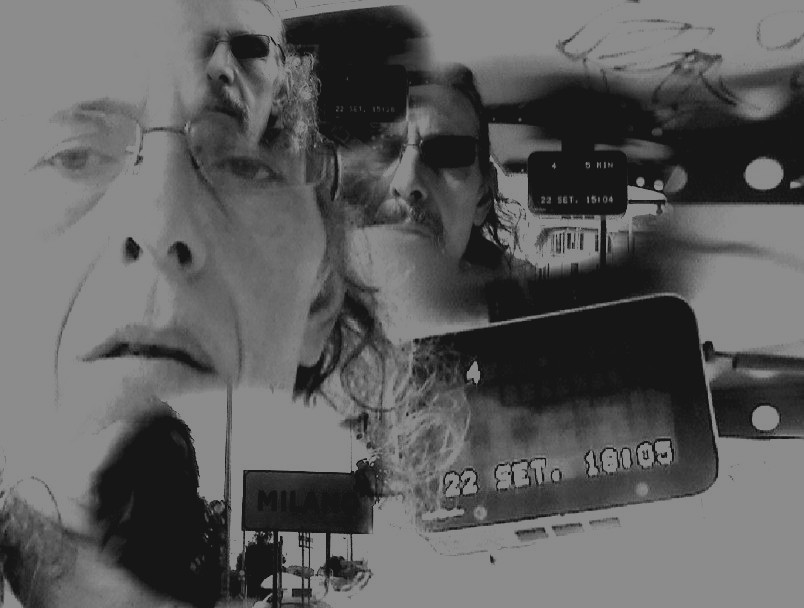
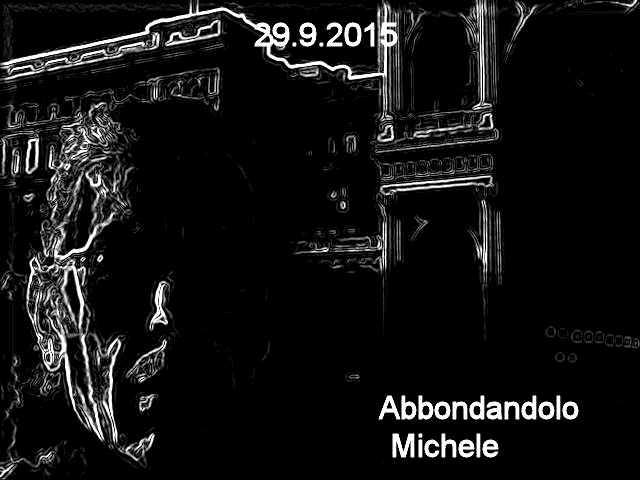
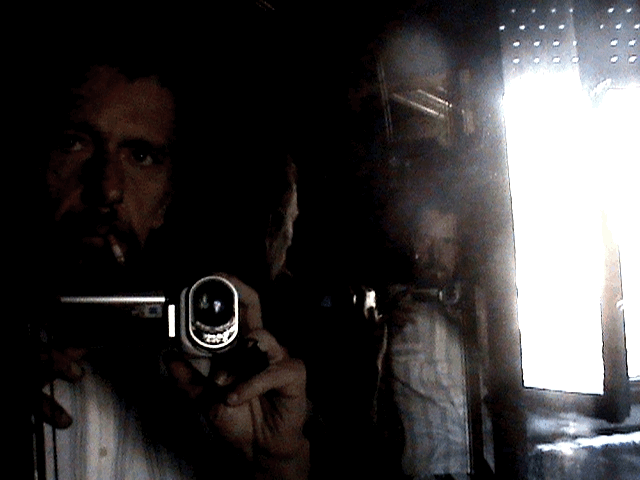
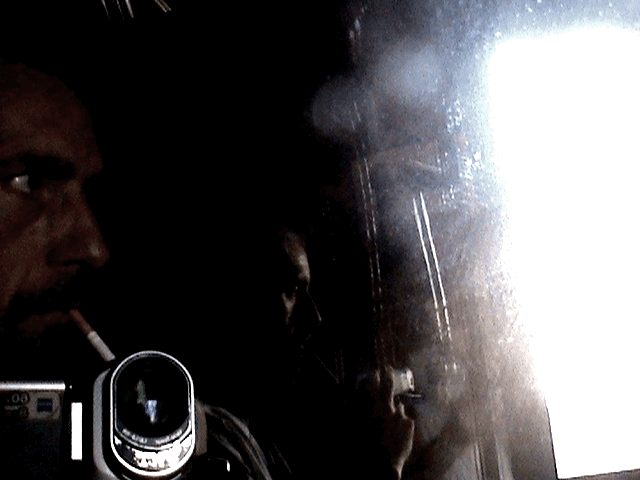
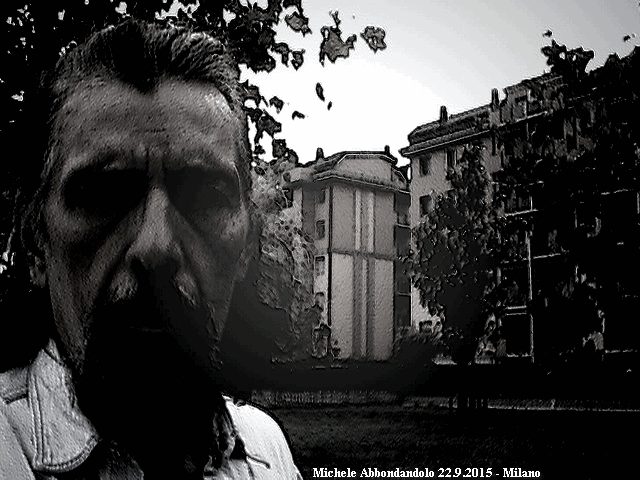
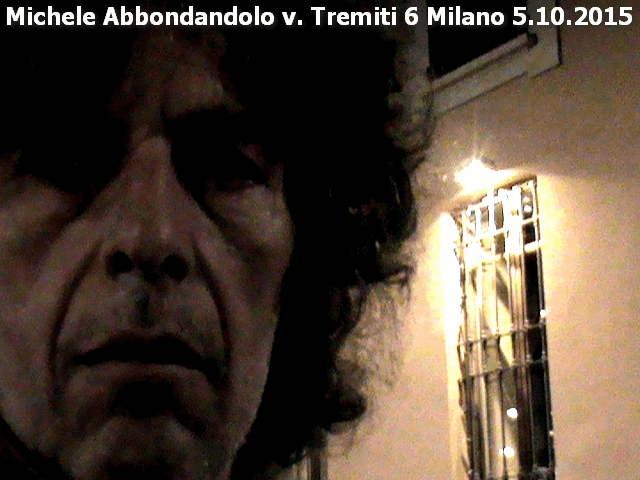
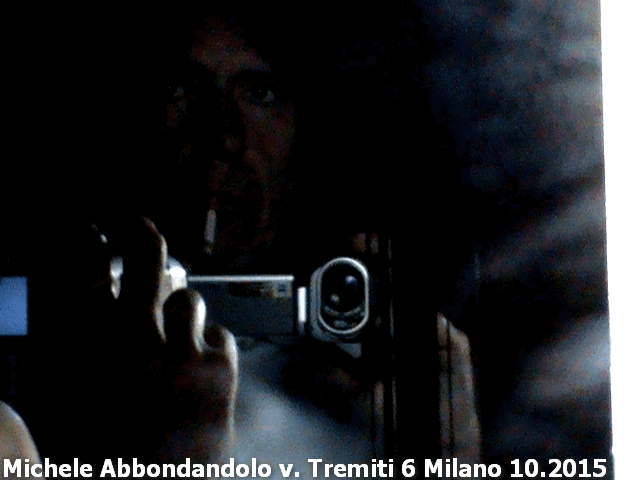

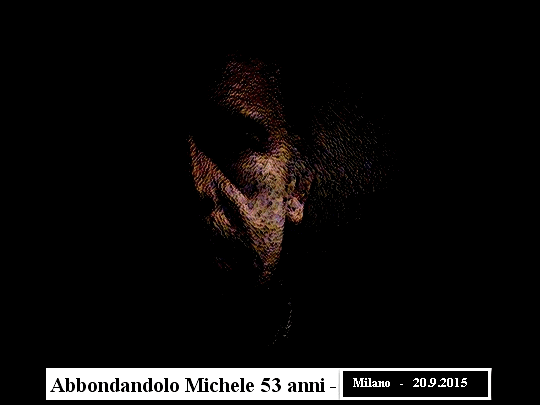
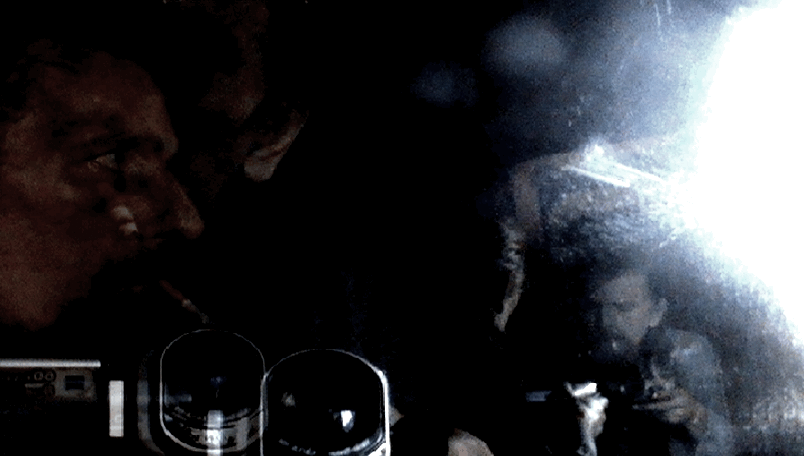

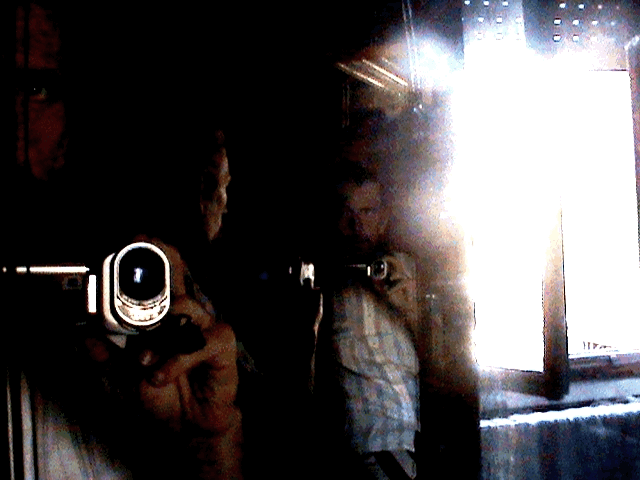
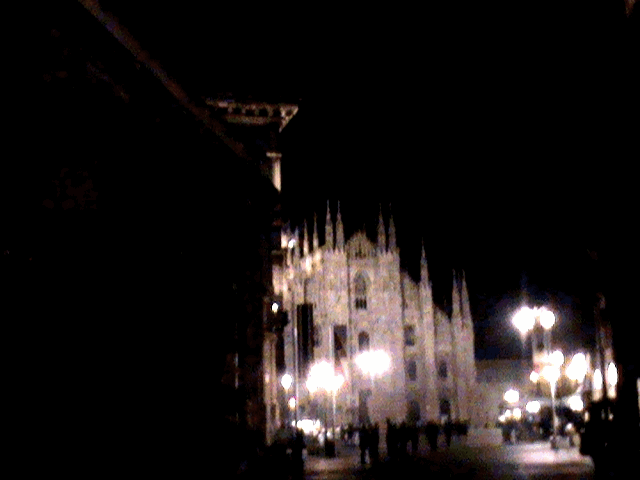
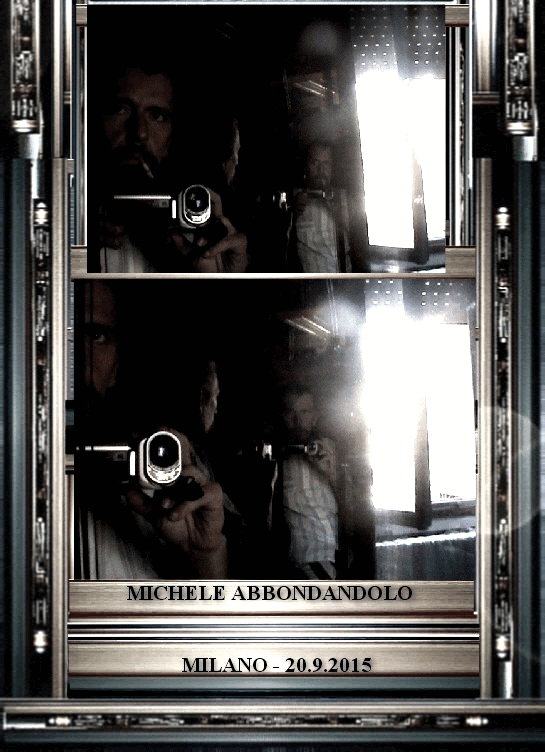


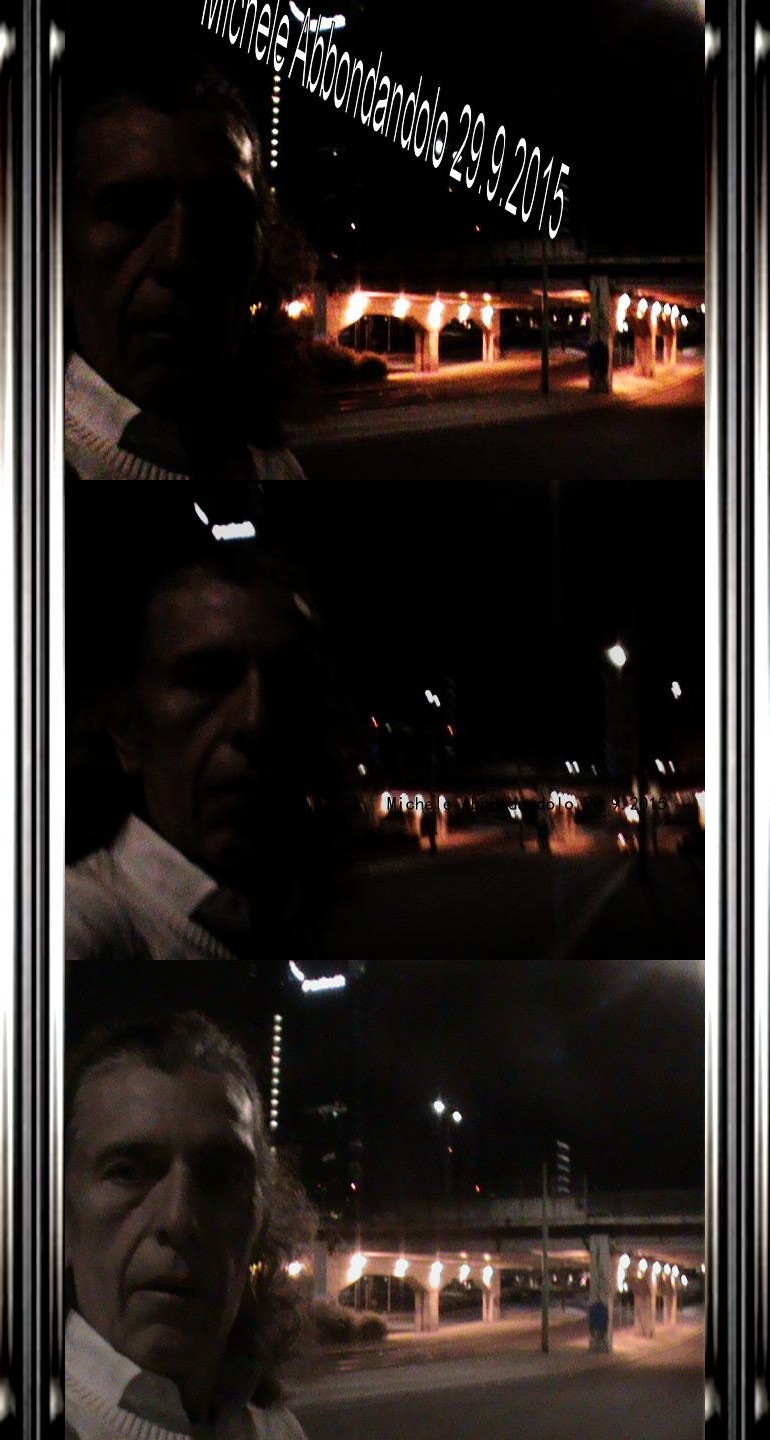

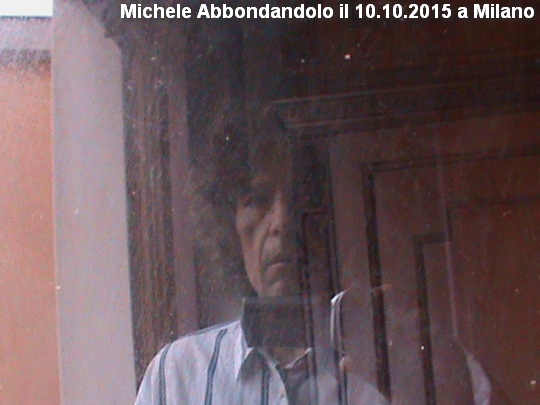



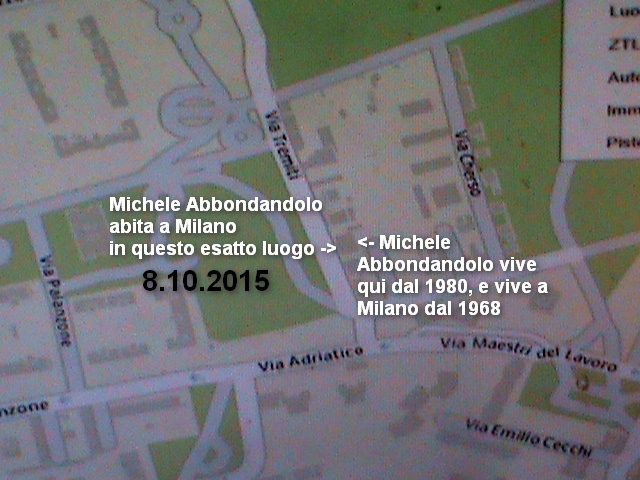
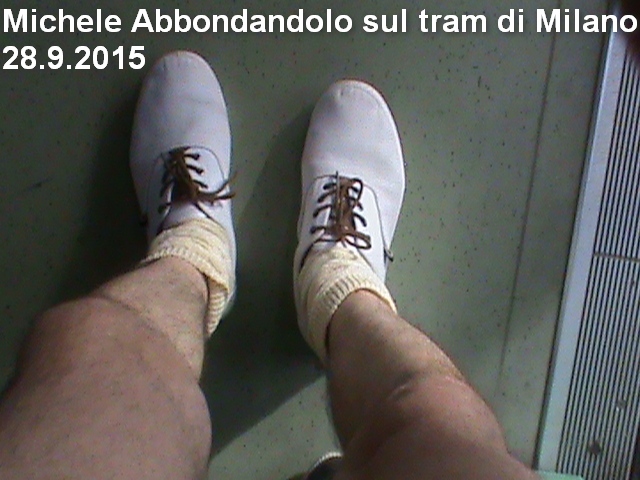 Dal 2001 bulldog per accoppiare 365 g. su 365 a Milano.
Dal 2001 bulldog per accoppiare 365 g. su 365 a Milano.
 per cui sul sito belle fotografie dei quartieri di Milano dove uso stare.
1) P. Duomo, pure il 24.12 2) altri quartieri di Milano.
per cui sul sito belle fotografie dei quartieri di Milano dove uso stare.
1) P. Duomo, pure il 24.12 2) altri quartieri di Milano.
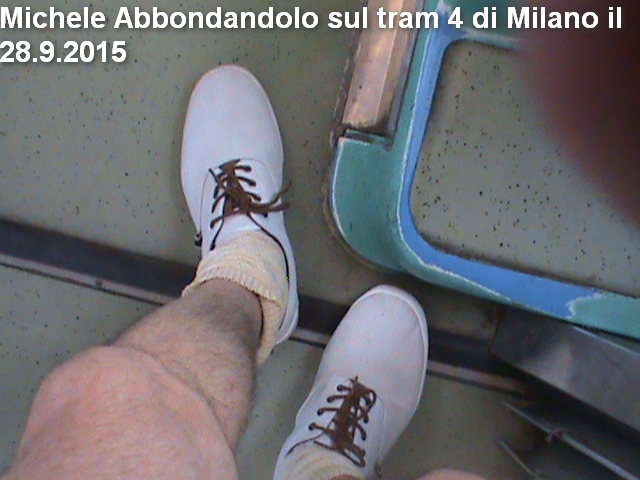
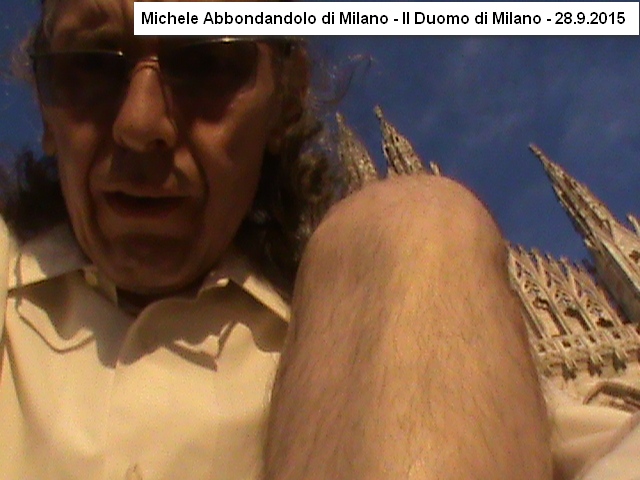
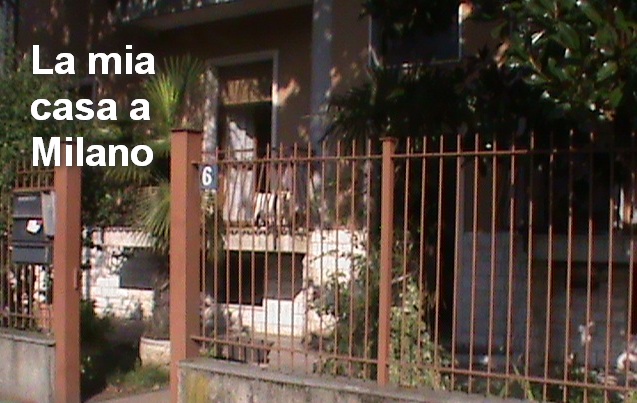

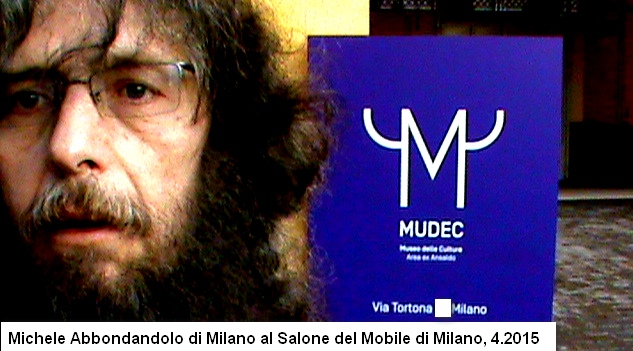
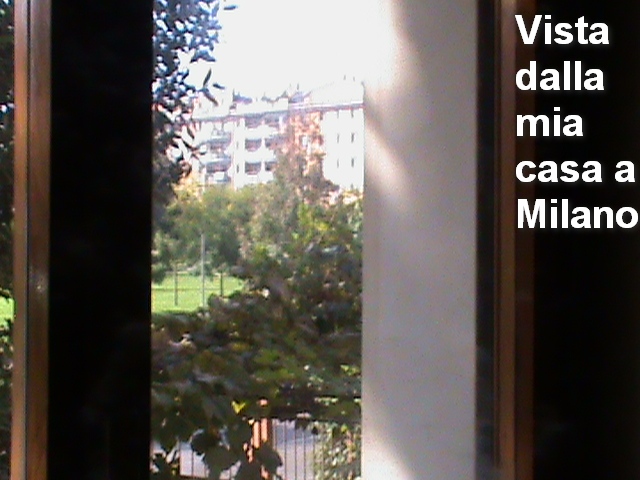
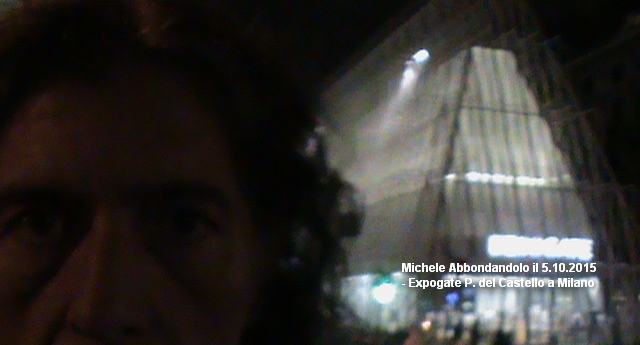





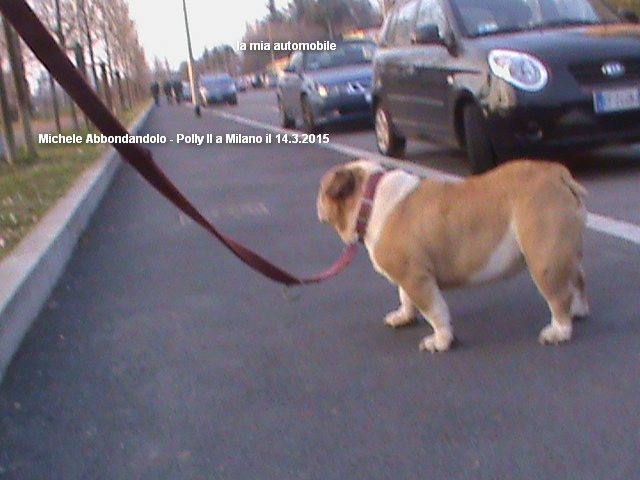

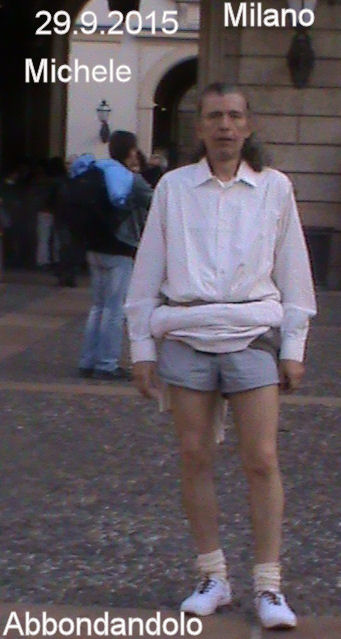




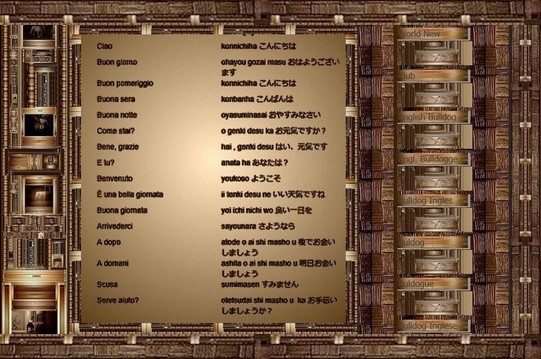

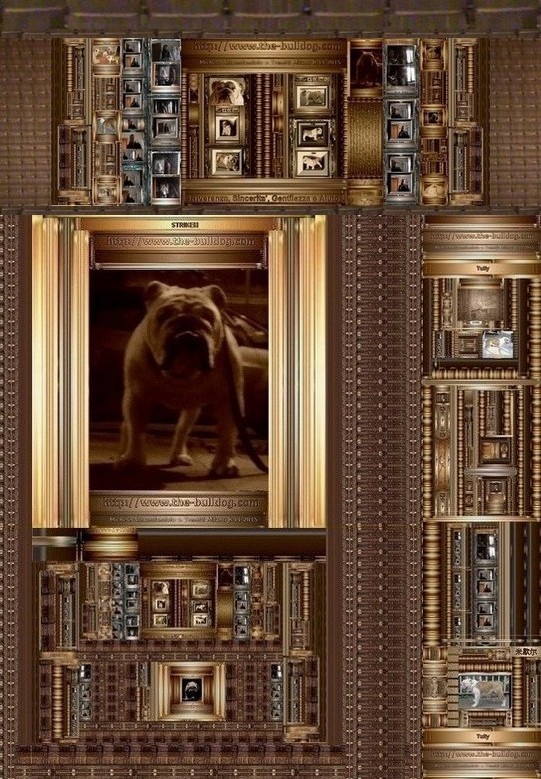

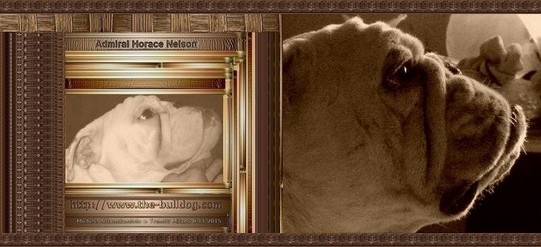
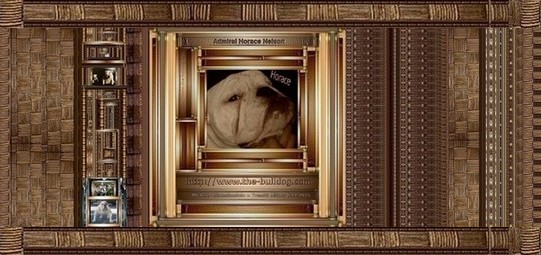
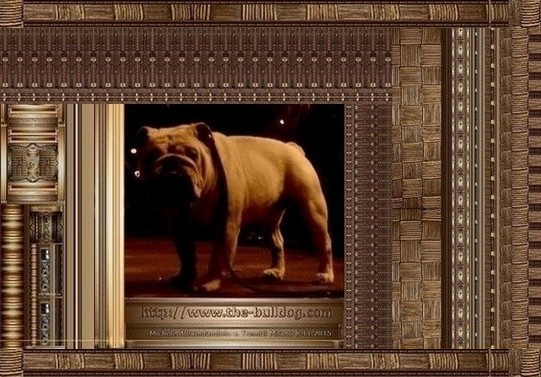
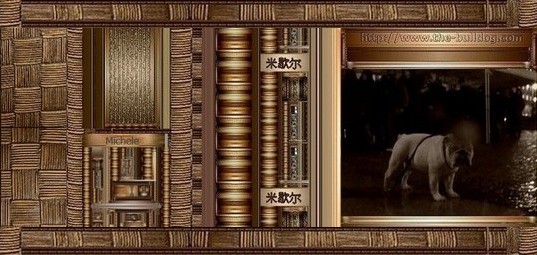


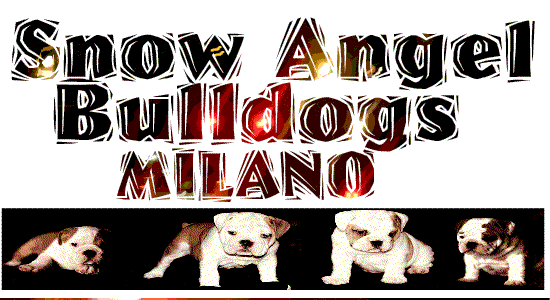
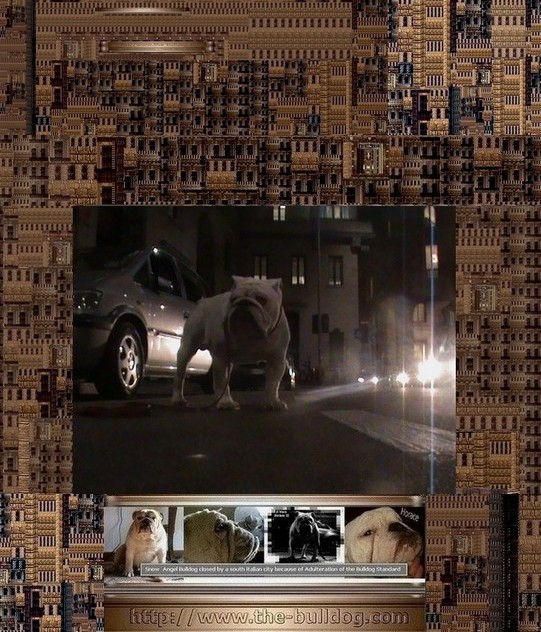
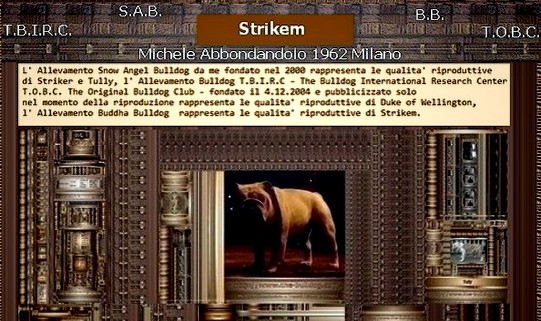 Happy Halleween 2023.
Happy Halleween 2023.


Webmaster Mike Va Ur, July 4, 1962.
- 2023 - Sept - 29.
-
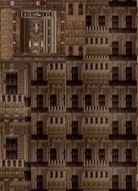
-


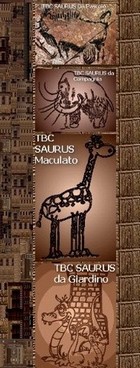
-



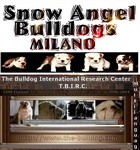 ___Homepage
___Homepage
 ___Languages
___Languages
 ___Mike Va Ur
___Mike Va Ur




- Russian Borzoi
-

- Russian Dogs
-

-



- Chinese Dogs
-

- Chinese Breeds
-

- Chinese Dog
-

- Chinese Dogs
-

- Chinese Breed
-
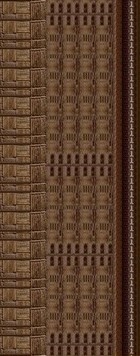
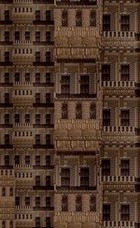
-

- China Dog
-

- Chinese Breedings
-

- China Dogs
-

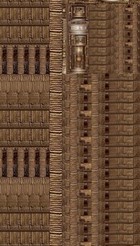
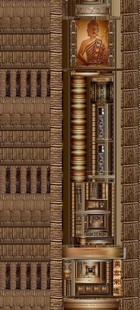

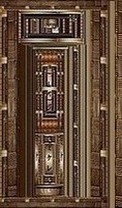
-

- Pug Dogs
-


-

- Breeds From China


-

- Chinese Breed
-

- Chinese Art
-
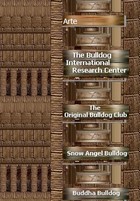
-

- Original Pug
-

- Guard Dogs
-

- Milano




-




- British Bull

- World News
-

- Club


- Idioma
-

- English Bulldog
-

- Bulldog Ingles
-

- Buldog
-

- Buldogue
-

- Bulldog Inglese
-

- Bulldog Anglais
-

- ___Japam
-

- Abruzzo
-

- Basilicata
-

- Calabria
-

- Campania
-

- Friuli
-

- Emilia Romagna
-

- Lazio
-

- Liguria
-

- Lombardia
-

- Marche
-

- Molise
-

- Piemonte
-

- Puglia
-

- Sardegna
-

- Sicilia
-

- Toscana
-

- Trentino
-

- Umbria
-

- Veneto
-

- Val D'Aosta
-

-


-


-

- Maculato
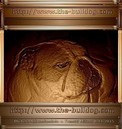
- __Killed by Law
-

- __Zed Garish
-

- the-bulldog.com
-


-
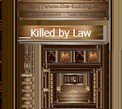
-

- Vuoi il sito?
-

- Robin Hood
-

- Strike
-

- Tully
-

- Jubilant
-

- Winston
-

- Little john
-

- Lord byron
-

- Polly

-
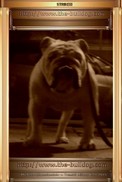
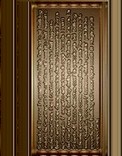
-
Mike Va

-

- ____Grafica

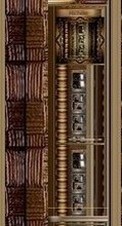 ____Html
____Html